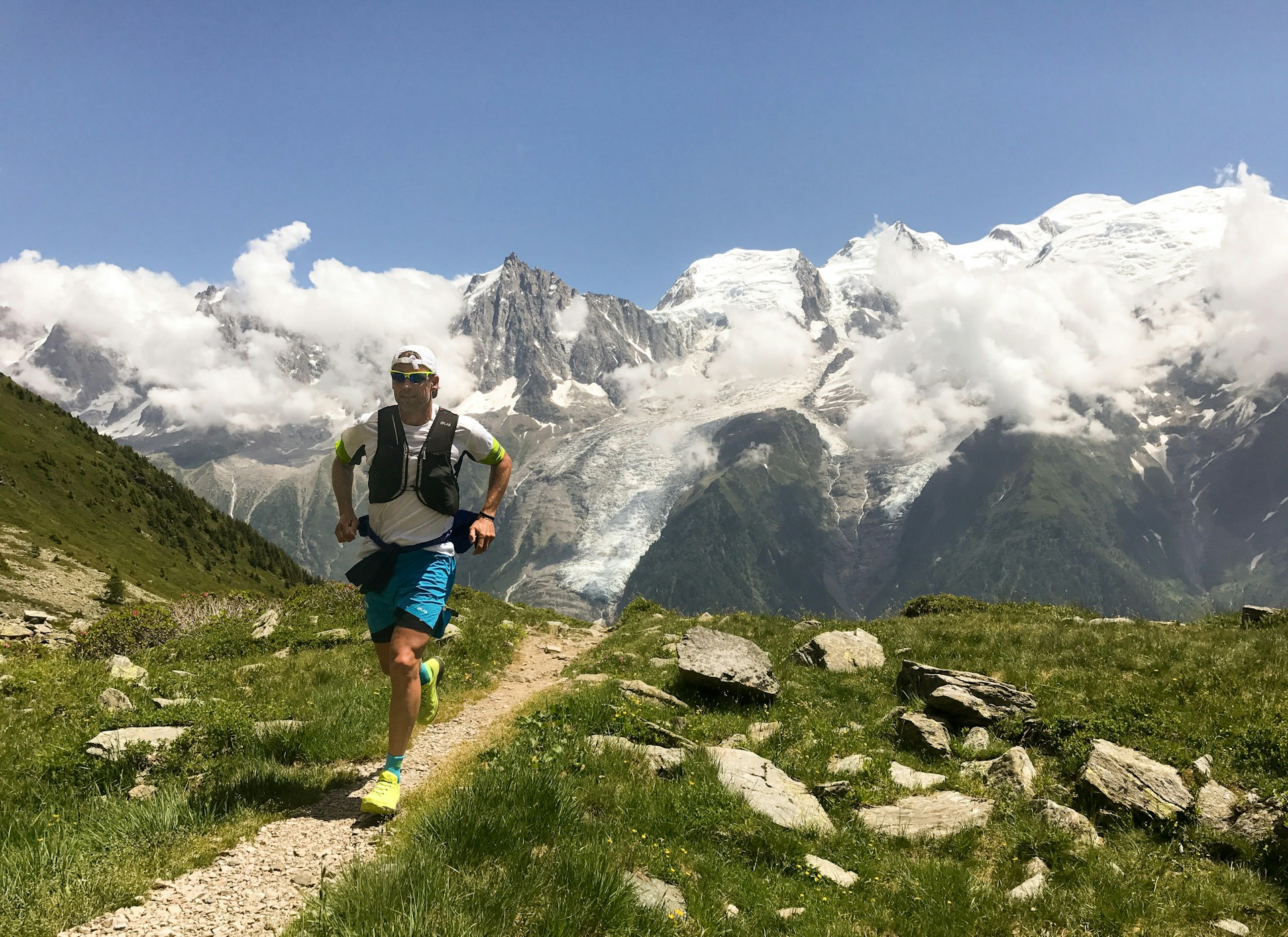Let’s Talk About Running Where the Air Feels Thinner — Literally
So, you’ve been tackling trails, maybe even crushing some ultra distances, and now you’re eyeing something wilder—higher. Running at altitude is a game changer, but not in a scary way. It’s actually one of the most powerful ways to take your endurance, mindset, and connection with the landscape to the next level. Let’s dive into what high-elevation trail running is all about—and how you can ease into it like a seasoned mountain goat.
Why Run High? (Besides the Views)
There’s something magical about being surrounded by peaks, clouds drifting below you, and silence so deep it echoes in your chest. But there’s also science. High altitude, typically defined as 5,000 feet (1,500 meters) and above, has less oxygen. That means your heart and lungs have to work harder to fuel your muscles. Over time, this builds greater aerobic capacity, boosts red blood cell production, and sharpens mental resilience.
In short: altitude humbles you, but also builds a more efficient, tougher you.
Start Low, Go Slow
If you’re not used to running high, don’t just hop off a plane and charge up a 10,000-foot trail. That’s a recipe for headaches, fatigue, and a seriously humbling experience. Instead, give your body time to acclimate. Spend a couple of days at elevation if possible before running long distances. Keep your effort easy, especially at first—your body is working harder than it feels like it is.
This isn’t about speed. It’s about adaptation and respect.
Hydration Is Non-Negotiable
At altitude, your body loses moisture faster through breathing and sweat—even if it’s cooler. Dehydration hits harder and can mess with your ability to perform and recover. Sip often, more than you think you need, and balance water with electrolytes to avoid cramping or fatigue.
Fuel More, and Often
Your metabolism speeds up at higher elevations, so you’ll burn more calories even if you’re running slower. Pack extra snacks. Don’t be shy with the carbs. Your body needs fuel to keep the engine running strong up those steep climbs.
Train Smart, Not Just Hard
If you don’t live at elevation, you can still prep for a high-altitude trail race. Try doing hill repeats, strength training for your glutes and calves, and consider using a treadmill on incline. While it won’t fully mimic the oxygen deficit, it will prep your body for the climbing demands.
And remember—mental training is just as key. Practice staying calm when your breath shortens. Get used to slowing down and staying steady.
The Takeaway? Altitude Will Teach You Things the Flats Never Will.
Running at elevation makes you more than a better runner—it makes you more attuned, more present, more appreciative of each step. It forces you to listen to your body, to pace with purpose, and to move with humility.
So if the mountains are calling, listen. Just take your time getting there—and when you do, breathe it all in.

